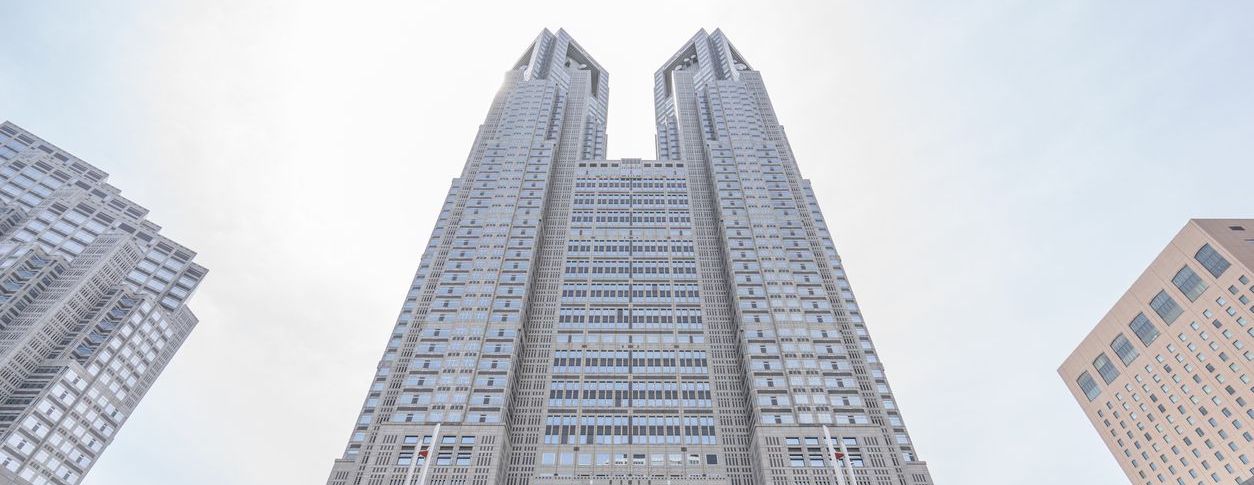2024/07/01
A Sweeping Trend of Overconcentration in Tokyo Continues: Can Local Regions Absorb the “Distortion” of Metropolitan Area?

Real estate prices in Tokyo have remained consistently high. Although prices have slightly stabilized since this spring, the upward trend has continued basically since last year, when the average sales price of a newly constructed condominium unit exceeded 100 million yen. A recent example is “Harumi Flag,” where some residents have moved in since January. In this development, 30% of the units do not have resident registrations, and over 500 units have been up for resale or rent. It is gaining renewed public attention as a symbolic case of overheated real estate investment.
“Harumi Flag” comprises large-scale condominium complexes that were renovated from the former athletes' village for the Tokyo Olympic and Paralympic Games. As the land was originally owned by the Tokyo Metropolitan Government, the condo units were offered for sale at relatively low prices compared to the surrounding market. Consequently, a surge of investment funds came in, and the average competition for a single unit at the time of offering was 70 to one. All the units for sale were sold out in a short time. Subsequently, reselling began, and the resale prices rose sharply. Now the people who can afford to buy a condo are primarily traders, the wealthy, affluent foreigners, and upper-class “power couples.”
It certainly calls into question why no restrictions were placed on the development of properties on public land to dampen speculation. But that is another question. For now, the speculative boom indicates that the financial environment of low interest rates and a weak yen has doubled the attraction of Tokyo’s prime land. Incidentally, an old acquaintance of mine, a Chinese businessman developing a wide range of businesses in China, the U.S., and other Asian countries, came to visit me the other day. He said, “I feel at home when I am in Minato-ward and the Bay Area because I see many Chinese people around. The Shirokane area seems like Hongqiao and Gubei (Japanese resident areas in Shanghai) for Japanese people.” For him, TOKYO is not only an object of investment, but also a reasonable base for business and living.
On June 18, the Ministry of Land, Infrastructure, Transport and Tourism released “The Tokyo Metropolitan Area White Paper, 2024.” According to the white paper, “Net population inflows into the Tokyo metropolitan area (or the number of people moving into Tokyo minus those moving out of the area) are on the rise again. Notably, the number of people in their 20s moving into Tokyo exceeded pre-COVID-19 levels. In contrast, there is a trend of population outflow from Tokyo to Saitama, Kanagawa, Chiba, and Ibaraki prefectures among those in their 30s and 40s, with the numbers increasing twofold and fourfold from pre-pandemic levels, respectively.” The report also points out changes in their lifestyle awareness, saying that interest in “moving to regional areas” is growing among metropolitan residents of all ages, especially among those in their 20s, with the number of those interested reaching 44.8%. However, moving to local regions is significantly challenging. Child-rearing families who cannot afford central Tokyo housing are moving to the four neighboring prefectures, while younger generations are constrained from leaving Tokyo due to fear of decreasing income. The ongoing “gaps” and “mismatches” identified in every aspect of life such as employment, occupations, regions, work styles, assets, and life values… distance people from achieving well-being in their lives.
This Week’s Focus, June 21
Takashi Mizukoshi, the President